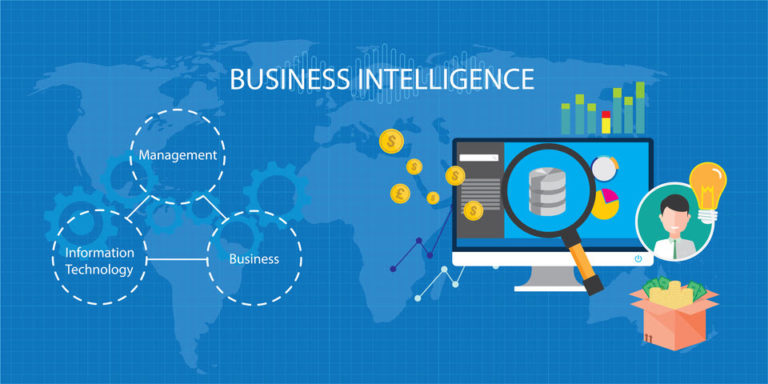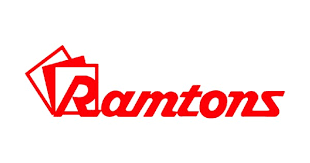Content
In the case of a private PaaS where an organization will build its own platform, the provider and the user, or customer, are the same. Google App Engine supports distributed web applications using Java, Python, PHP and Go. Red Hat OpenShift is a PaaS offering for creating open source applications using a wide variety of languages, databases and components. The Heroku PaaS offers Unix-style container computing instances that run processes in isolated environments while supporting languages such as Ruby, Python, Java, Scala, Clojure and Node.js. PaaS, on the other hand, provides cloud infrastructure, as well as application development tools delivered over the internet.
These platforms offer compute and storage infrastructures, as well as text editing, version management, compiling and testing services that help developers create new software quickly and efficiently. A PaaS product can also enable development teams to collaborate and work together, regardless of their physical location. Users simply log in and use the application that runs completely on the provider’s infrastructure. Typically, SaaS applications are completely accessible via internet web browser. SaaS providers manage the application workload and all underlying IT resources; users only control the data created by the SaaS application. The ESS by Rahi service model has been designed to provide a quick way to deliver flexibility, agility, and scalability.
PASS Enterprise Monthly Additional Seat
Contact us for syndication details on how to connect your technology article or news feed to our syndication network. Containerization is an ability to virtualize the OS resources instead of the underlying hardware while it sits directly on top of the bare metal. Thereby allowing to eliminate the need for multiple OS’s for each Container. One significant limitation of Virtualization is that VMs remain tightly coupled to the underlying OS as well as to the application it hosts. This created a performance roadblock of Scaling Out these applications . Virtualization allows us to run one or multiple Operating Systems (guest OS’s) on top of an Host OS, while allowing hardware resources to be shared across all the guest OS’s.

IaaS provides virtual hardware from a provider with adjustable scalability. With IaaS, the user still has to manage the server, whereas with PaaS the server management is done by the provider. There are several types of PaaS, including public, private and hybrid.
Application Management
Discounts are not transferable to non-members and login details should not be shared with non-members to afford them the same benefits that are exclusive to authorized PASS members. Non-PASS members will not https://globalcloudteam.com/ be granted PASS discounts and PASS members found to be in violation of this policy may have their membership revoked. PASS Enterprise membership is exclusively for existing NeurOptimal® license owners.

PaaS provides all the tools and resources required to build, test, and deploy enterprise applications, including the ability to scale those applications as needed. We’re the world’s leading provider of enterprise open source solutions—including Linux, cloud, container, and Kubernetes. We deliver hardened solutions that make it easier for enterprises to work across platforms and environments, from the core datacenter to the network edge.
ining Enterprise PaaS – Production
On-premise PaaS, of course, comes with a price tag and a longer time to implement, both of which may be show-stoppers for those organizations that cannot risk capital or time. That is in part because as a component of the PaaS infrastructure, visibility and control mechanisms can be accounted for and architected into the solution. These are certainly fine examples of PaaS, but they are not necessarily examples of enterprise PaaS solutions. If you’re running legacy applications, you’ll need to ensure the PaaS can integrate with those systems. Otherwise, you’ll be left with siloed data and a lack of visibility into your enterprise’s operations. Most PaaS providers offer a wide range of integration options, which allows your applications to connect easily with other enterprise systems.

In traditional IT, an organization consumes IT assets – hardware, system software, development tools, applications – by purchasing them, installing them, managing them and maintaining them in its own on-premises data center. In cloud computing, the cloud service provider owns, manages and maintains the assets; the customer consumes them via an Internet connection, and pays for advantages of paas them on a subscription or pay-as-you-go basis. A communications platform as a service is a cloud-based platform that enables developers to add real-time communications features in their own applications without building back-end infrastructure and interfaces. Also, CPaaS and hardware and software specifications are specifically designed to support communications applications.
The Danger of PaaS for Enterprise Service Management
To aid productivity, PaaS offers ready-to-use programming language components that enable the development of new capabilities within applications. These capabilities include innovative technologies such as artificial intelligence , chatbots, blockchain, and the Internet of Things . In addition, PaaS also includes suites of application development tools, including cloud native services, Kubernetes, Docker and container engines, and more.
- PaaS components are also hosted on the provider’s own infrastructure, and users can access the platform’s components for a recurring fee.
- With the advancement of containerized, multi-stack PaaS software, it’s worth looking at how private/hybrid PaaS can enable new ways of deploying and hosting applications within the enterprise.
- Cloud practices, professional services, and managed services will complement Rahi’s industry-leading expertise in data center infrastructure.
- Manufacturing Accelerate digital transformation, exceed buyer expectations, and scale your online revenue.
- PaaS providers manage all these components on behalf of their enterprise customers.
These tools can be accessed over the internet through a browser, regardless of physical location. The specific software development tools often include but are not limited to a debugger, source code editor and a compiler. PaaS can also be used to reduce an application’s time to market by automating or completely eliminating housekeeping and maintenance tasks.
Featured in Development
IaaS, PaaS and SaaS are the three most popular types of cloud service offerings. They are sometimes referred to as cloud service models or cloud computing service models. Apprenda not only supports all the great future-state applications utilizing microservices and 12-factor app principles, but it also supports existing applications. By taking an organization’s existing Java and .NET applications and deploying them on Apprenda, you gain immediate value and create a dynamic, elastic, and cloud-enabled portfolio of existing assets.


